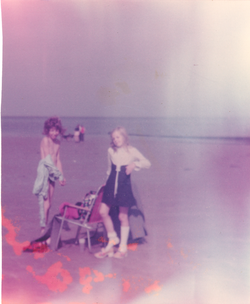Hi
@RedDwarf4Ever
Here is a link for one type of FFT plugin with some decent tutorials on how to use it with examples:
Pattern Suppressor
That's probably all you need to know to remove repeating patterns. Here is a bit more of the technical background to satisfy the nerd factor in a few of us.
FT stands for Fourier Transform. A technique to convert a complex signal into individual frequency components.
A parallel example is when you have a color represented by multiple individual pure color frequencies and a prism can separate them out.
Pass those exact combination and magnitudes back through a prism again and they are integrated back into the original single combined color (or reverse prism).
Dealing with signals or colors in their individual frequencies or pure color frequencies opens the door for some interesting and easier processing/manipulation.
In audio signals, one can isolate repeating undesired noise (e.g. like a hum) and quite easily remove that noise for a cleaner signal.
FFT is the acronym for Fast Fourier Transform which is just the mathematical technique for Fast processing of the Fourier Transform.
For images, the FFT extracts from the image two dimensional image frequencies. It displays those on a two dimensional map showing those image frequencies that are highly repeating (the pattern you want to remove). Those undesired repeating image patterns can then be easily removed (blacked out) and the the image recreated from the individual image frequencies back to pixels with an Inverse Fast Fourier Transform or IFFT.
There is more that goes on behind the scenes yet that is the essence and will match what you see when you use the plugin.
If the patterns are truly repeating and evenly spaced across the image, the removal of the patterns can be quite impressive.
I find the tool very helpful in the special cases where you want to remove exactly repeating patterns whose components are evenly spaced on the image.
Hope the explanations help
John Wheeler


